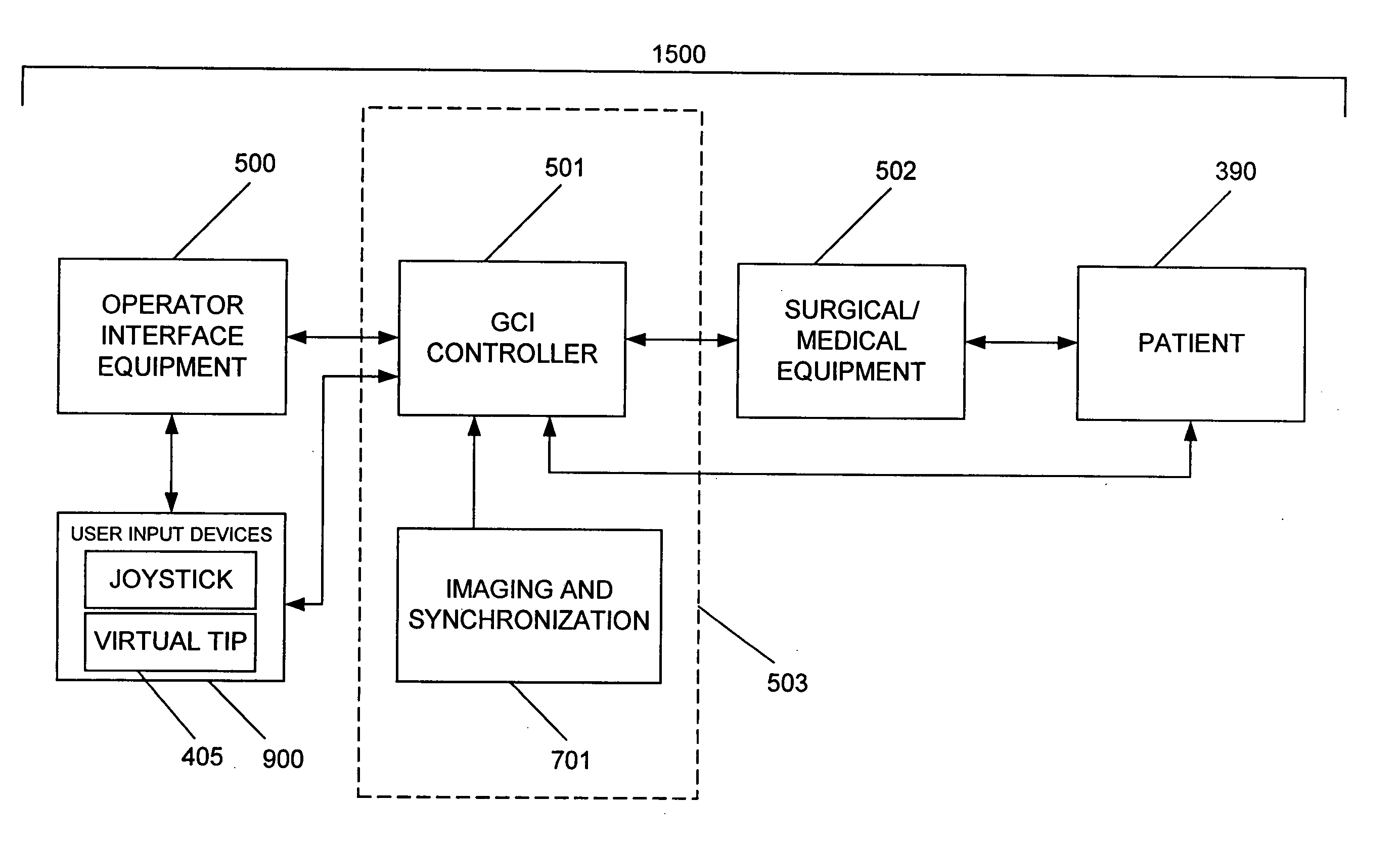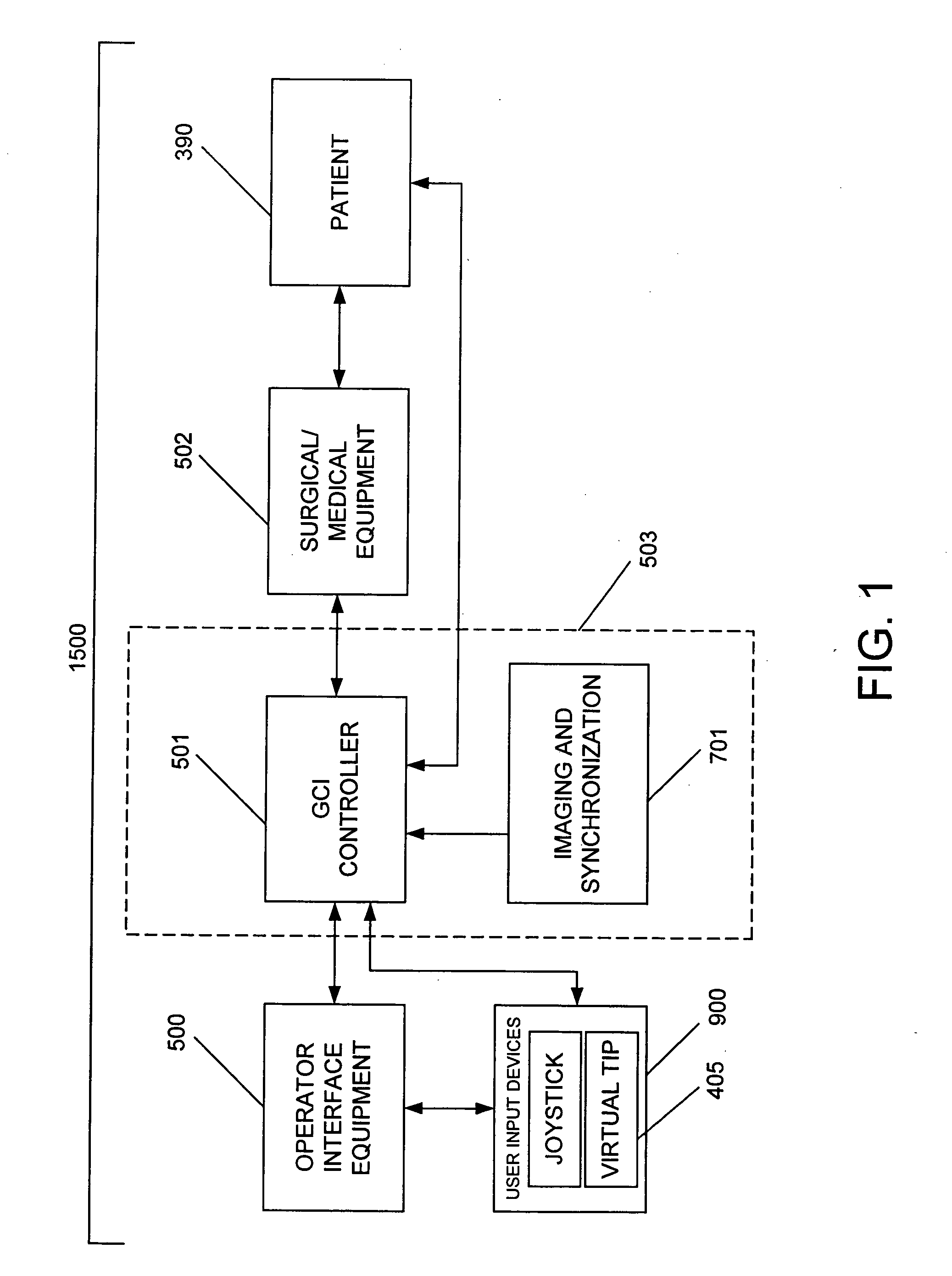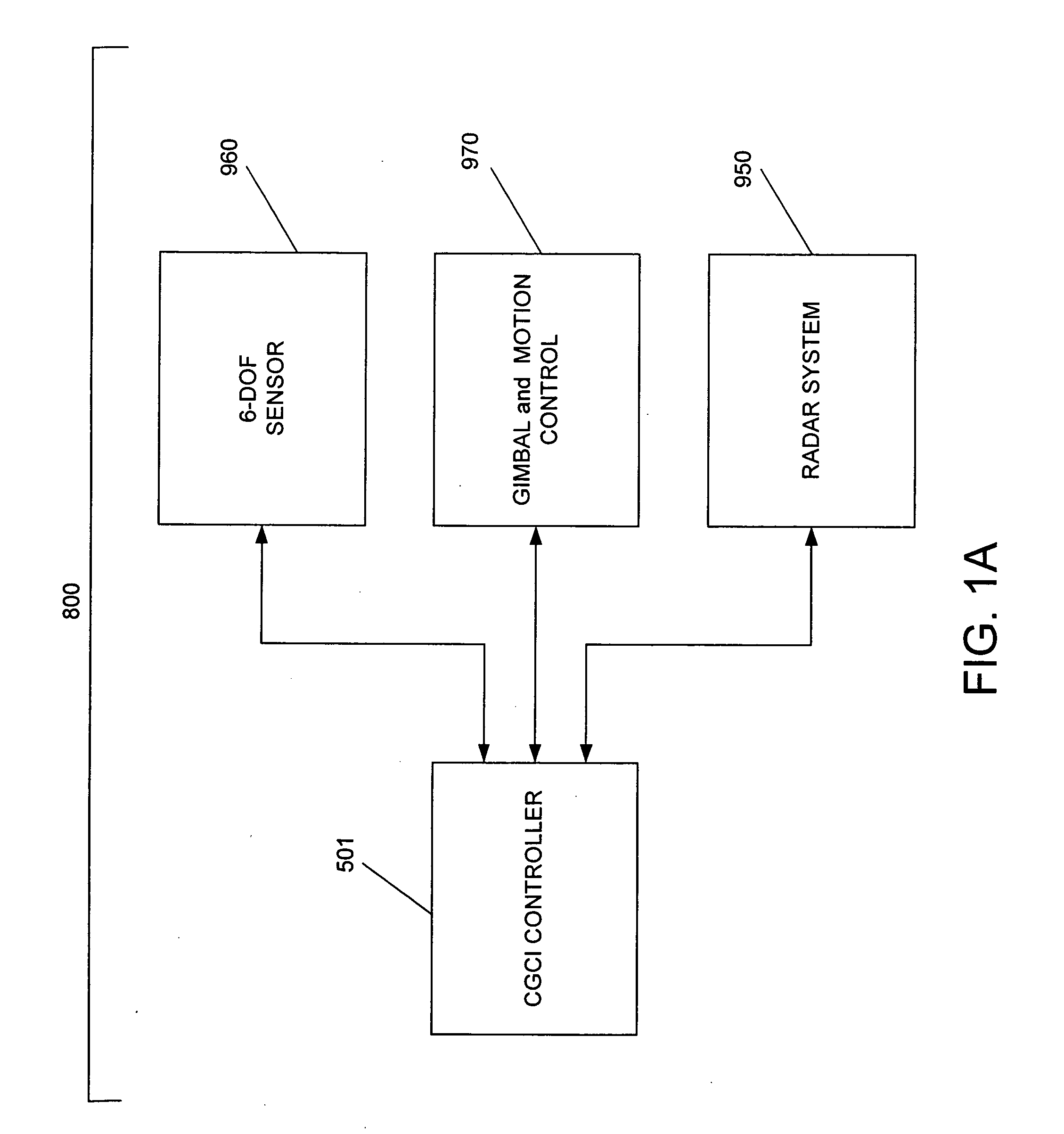System and method for radar-assisted catheter guidance and control
a technology of radar assisted catheters and guidance methods, applied in the direction of catheters, applications, diagnostic recording/measuring, etc., can solve the problems of difficulty in guiding wires beyond the narrowed site, difficulty in operating, and difficulty in achieving skill, so as to minimize or eliminate the use of ionizing radiation, less training, and less skill
- Summary
- Abstract
- Description
- Claims
- Application Information
AI Technical Summary
Benefits of technology
Problems solved by technology
Method used
Image
Examples
Embodiment Construction
[0053] In general, catheterization is performed by inserting an invasive device into an incision or a body orifice. Secondary tools such as guidewires and balloons are often advanced through or over the primary catheter to the area where the medical procedure is to be performed. These procedures rely on advancing the distal end of the invasive device until the distal end reaches the destination area where the diagnostic or therapeutic procedure is to be performed.
[0054]FIG. 1 is a system block diagram for a surgery system 1500 that includes an operator interface 500, a Catheter Guidance and Imaging (CGI) system 503, surgical equipment 502 (e.g, a catheter tip 377, etc.), one or more user input devices 900, and a patient 390. The user input devices 900 can include one or more of a joystick, a mouse, a keyboard, a Virtual Tip 405, and other devices to allow the surgeon to provide command inputs to control the motion and orientation of the catheter tip 377). The CGI system 503 include...
PUM
 Login to View More
Login to View More Abstract
Description
Claims
Application Information
 Login to View More
Login to View More - R&D
- Intellectual Property
- Life Sciences
- Materials
- Tech Scout
- Unparalleled Data Quality
- Higher Quality Content
- 60% Fewer Hallucinations
Browse by: Latest US Patents, China's latest patents, Technical Efficacy Thesaurus, Application Domain, Technology Topic, Popular Technical Reports.
© 2025 PatSnap. All rights reserved.Legal|Privacy policy|Modern Slavery Act Transparency Statement|Sitemap|About US| Contact US: help@patsnap.com



